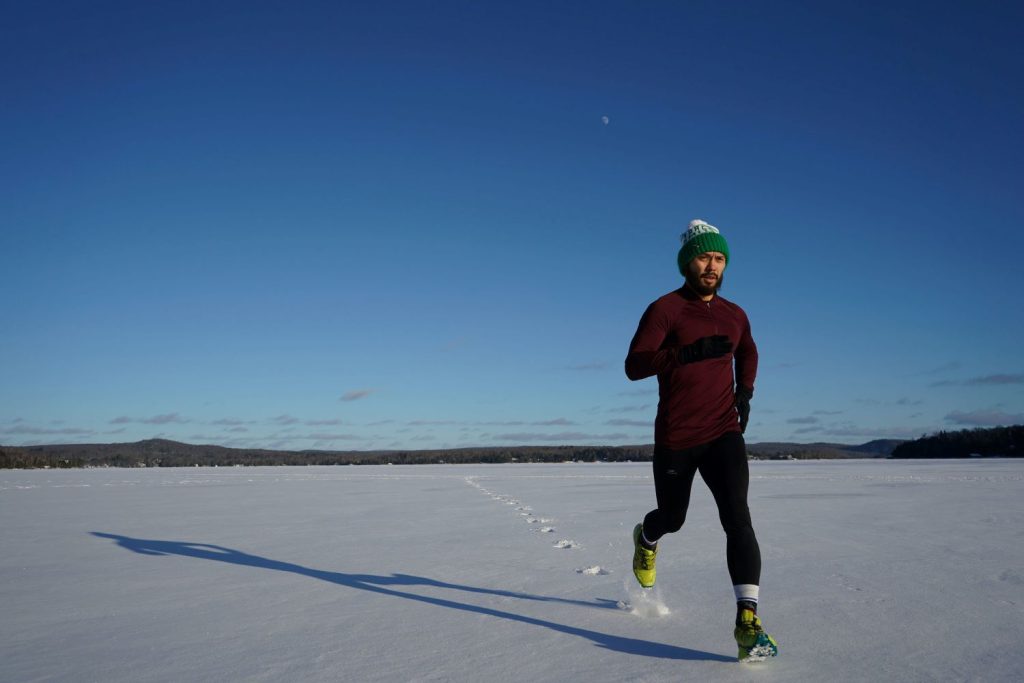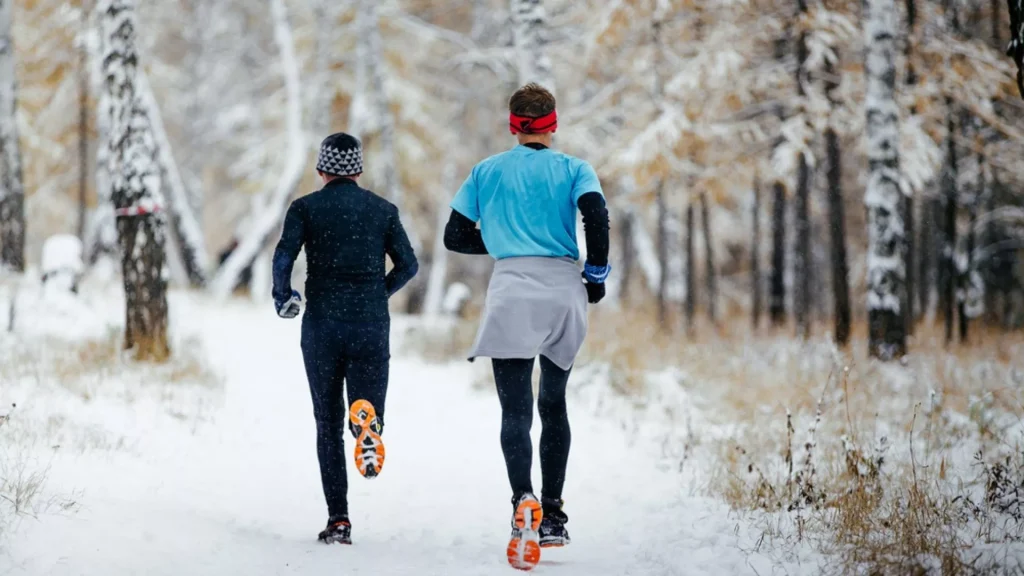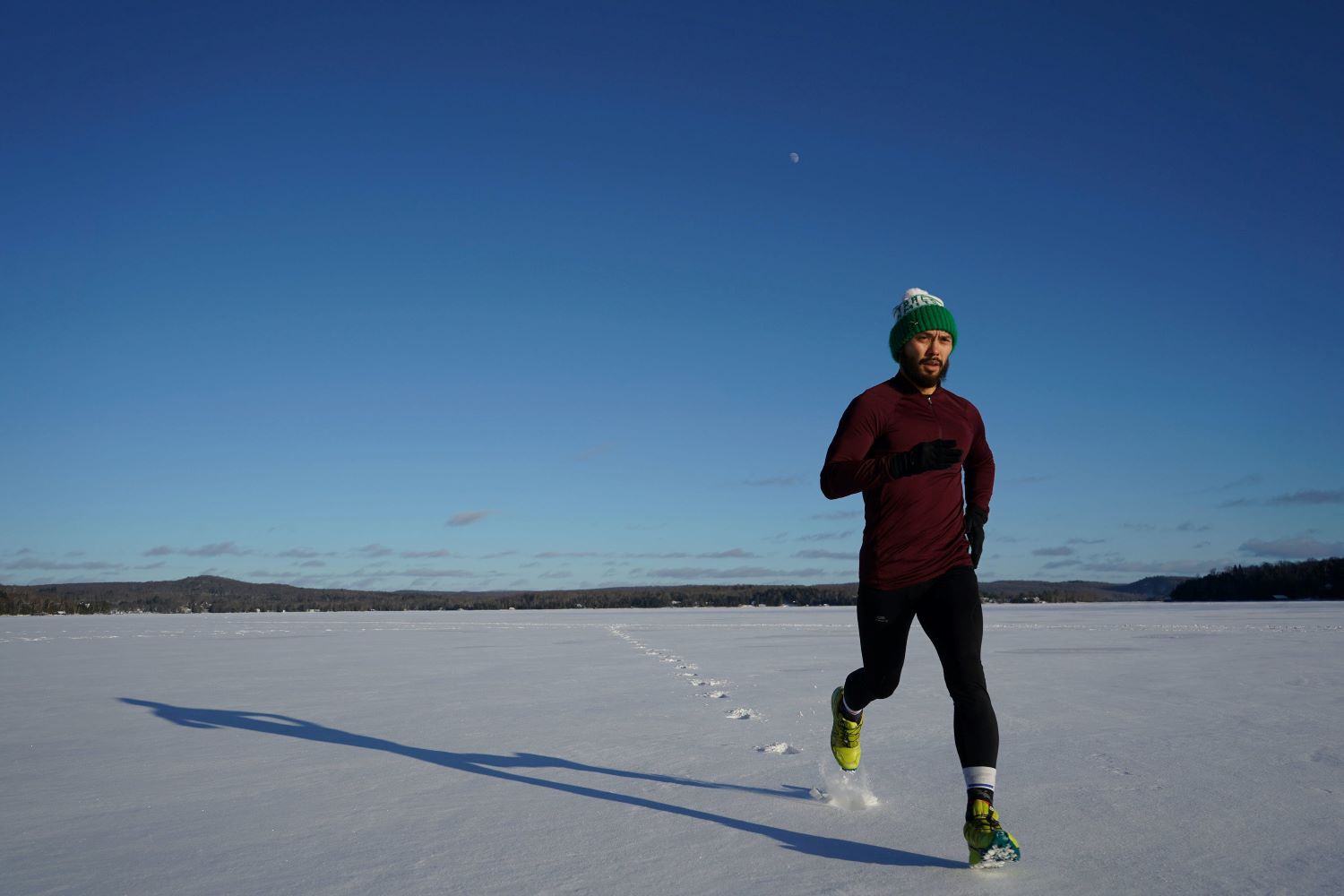When frost blankets the ground and trails hush in the northern hemisphere, it’s the off-season’s silent call for trail and ultra runners. Just as nature embraces dormancy, preparing for a resurgence, winter invites runners to pause, rebuild, and gear up for an injury-resistant forthcoming season. Experience the perfect blend of agility and support with Tarkine Trail Devil shoes, crafted for those who demand excellence in every run.

The Blueprint for Success
At the heart of this strategy lies periodization—a structured approach divided into macro, micro, and mesocycles. Macrocycles span the entire training season, tailored to individual goals and structures, encapsulating phases like endurance, intensity, competition, and recovery.
These macrocycles are broken down into smaller mesocycles, focusing on specific facets of training—brief build-ups of two to three weeks followed by a recovery week. Then come microcycles, individual training weeks meticulously tweaked for specific purposes like strength, endurance, power, or recovery.

Insights from Laura Bruck-Renzelman, an accomplished ultrarunning and triathlon coach in Evergreen, Colorado, shed light on her systematic approach to crafting winter training plans using periodization. “Early season focuses on building strength and power,” she explains. “Mid-season ramps up running while scaling back slightly on strength. As the late season approaches, strength training is reduced to a couple of days a week, paving the way for increased running, preparing for the core of training.”
This approach not only fosters strength and power during winter but also leverages shorter, colder days for indoor or shorter workouts to mitigate burnout or injury risks in the colder, darker months.
Strengthen Weaknesses and Refine Strengths
As daylight diminishes in the winter’s onset, it’s an ideal time to transition training indoors and address weaknesses or lingering racing-season injuries. This is where strength training and plyometrics play a crucial role—establishing bodily equilibrium and a sturdy foundation for the upcoming season.
Embrace Weight Training
Embarking on the winter journey in the gym heralds improved balance, strength, and power. Hannah Allgood, a distinguished Dynafit athlete and running coach, champions dedicating four to twelve weeks to consistent, general strength training, emphasizing lifting heavier weights and overall function rather than solely focusing on running-specific exercises.
“It’s about increasing the weight and decreasing the repetitions,” advocates Allgood. She stresses the importance of bandwork and striving for bodily equilibrium to prevent impending injuries. Collaborating with a physical therapist or personal trainer for a comprehensive assessment of weaknesses is also recommended.
Dispelling the notion of arduous gym commitments, Bruck-Renzelman, a business owner and parent, advocates simplicity. “You don’t need hours in the gym,” she asserts. “A kettlebell and adhering to the five basic movements—push, pull, carry, squat, and hinge—can yield a satisfying workout in under fifteen minutes.” She emphasizes that setting achievable strength goals yields the most profound impact.

Refine Running Form
After grueling seasons of high mileage and rigorous training, irregularities in form might lead to injuries. The low-mileage winter phase offers an ideal window to analyze form and work on enhancing efficiency.

“Efficient running gait translates to improved running economy,” elucidates Allgood. Specific drills tailored to unique gait idiosyncrasies and the inclusion of uphill running are recommended. For trail aficionados, integrating plyometrics or footwork accentuates balance, stability, foot, and ankle strength. Beyond aiding race performance, these exercises serve as safeguards against winter running injuries.
Inject Fun and Social Engagement
Winter presents unique challenges to motivation, especially after an intense fall training cycle or event. Thus, exploring new training methods or revisiting old favorites can reignite enthusiasm without causing burnout.
Solitude often envelops training during focused cycles. Leveraging winter to reconnect with fellow enthusiasts injects a joyous element into running, particularly amidst less-than-ideal conditions. Allgood extols the virtues of engaging with a community to enliven training routines.

The early winter training cycle is ripe for shorter, festive races. Bruck-Renzelman advocates diversifying events, deviating from one’s primary race goals. A brisk 5K race not only injects speed training but also fosters connections within the running community. However, she cautions that the fatigue from strength training might marginally impact race timings.
Self-Compassion Amidst Seasonal Challenges
The holiday season, a blend of varied emotions and stresses, elicits diverse reactions. Amidst the stress held in the body, it’s crucial to afford oneself gentle moments and ample rest.
“The holiday season often derails schedules, creating a sense of chaos,” observes Merica. Incorporating movement, however brief yet invigorating, can assuage stress. Lowering expectations during this period is pivotal for sustained mental well-being.
The wintry gloom and heightened expectations may spur automatic negative thoughts. Merica advocates reframing these intrusive sentiments, urging individuals to extend the same empathy toward themselves as they would to friends. Acknowledging setbacks gracefully and fostering a positive mindset paves the way for constructive progress.
Navigating the Winter Training Maze
Winter months present hurdles in training, yet the shorter days offer a canvas for fruitful endeavors. Employing standard periodization, trail athletes seize the cold days to spotlight bodily weaknesses and fortify their mental resolve.
As runners traverse the winter landscape, embracing this season of renewal and preparation primes them for the boundless trails ahead.
















